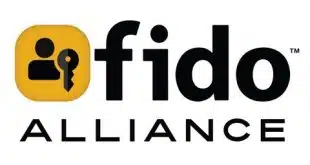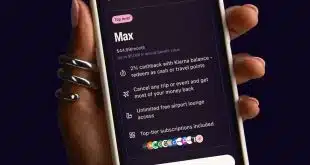Klarna Inc.’s new boss has big ambitions. Jim Lofgren, vice president of global accounts and partnerships for the Swedish payments processor’s U.S. operation, tells Digital Transactions News there’s plenty of room for growth in what many might perceive as a saturated market for retail credit.
“In the U.S., we see a $93 billion credit card market that’s ripe for the taking,” says Lofgren, He took the reins from former Klarna N.A. chief executive Brian Billingsley, who left the company last month after establishing Klarna’s U.S. foothold.
Lofgren can talk about seizing a piece of the $3 trillion in annual U.S. credit card spending because Klarna has expanded its offering beyond its original online checkout to include financing. With Klarna, users have always been able to pay immediately against a card or up to 14 days after delivery. But lately the company has added the opportunity to pay in installments over a period of months.
The company is betting that financing offer, coupled with Klarna’s one-click checkout, will appeal to younger consumers who have grown weary of using traditional credit cards. “We see a strong trend with people who have grown up over the last 30 years, a resistance to take up credit cards,” says Lofgren. In fact, not only do Millennials display “credit card fatigue,” he says, but also “a credit card annoys them.”
That’s because using a card online is a hassle, Lofgren argues. What with the need to enter a name, a card number, an expiration date, and a card-verification value, “a credit card creates a lot of friction,” he says. “Here’s where we see the big opportunity.” Weaned on mobile experiences, he says, Millennials have little patience for routines that slow things down. Klarna’s mobile credit app, for example, asks for just the user’s date of birth and the last four digits of his Social Security number. Once Klarna has approved a user, “I press buy and then I’m done,” Lofgren says.
Since launching its U.S. salient out of its Columbus, Ohio, base in the late summer of 2015, Klarna has signed some big-name merchants, including Overstock.com, Shoes.com, Lenovo, and online fashion marketplace Lyst. The company will not disclose its U.S. merchant count, but across all its markets it reaches 70,000 merchants and 60 million users, according to figures it releases on its Web site. It has more than 2 million U.S. users, with more than half its U.S. volume coming from mobile devices.
To reach more merchants, Klarna has integrated its checkout with e-commerce platforms and gateways, including Cybersource, Magento, Blue Commerce, Demandware Inc., BigCommerce, Shopify Inc., and, most recently, Radial. And, it has opened a second U.S. office in New York City to house commercial and sales operations.
Even so, Klarna may find achieving its ambitions in credit a little harder than it thinks. While it offers a strong combination of streamlined checkout and fast approval, it isn’t the only player in the market. Established retail credit players like Alliance Data Systems and Synchrony Financial, along with tech-oriented startups like Affirm Inc. and Vyze Inc., are pursuing much the same market and are focused on technology to speed up checkout time.
“The retail credit card market [in the U.S.] is far more competitive than it is in Scandinavia,” observes Eric Grover, principal at Intrepid Ventures, a Minden, Nev.-based consultancy. “There is a market for what [Klarna] is doing, and at least some retailers will have an appetite for experimenting with it, but the market is not unserved.”




